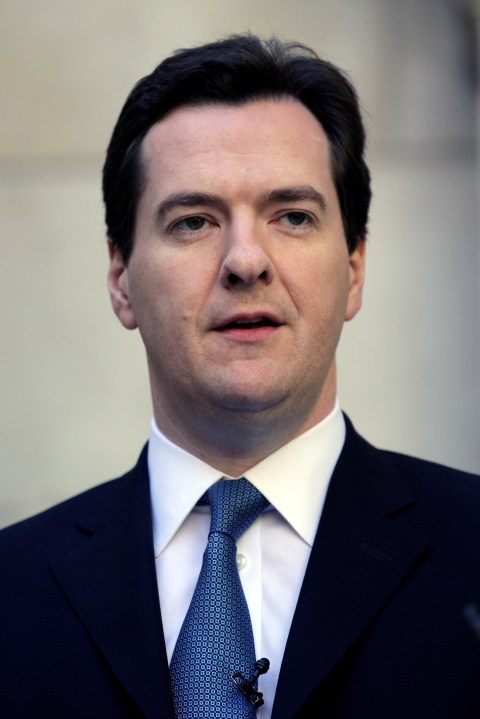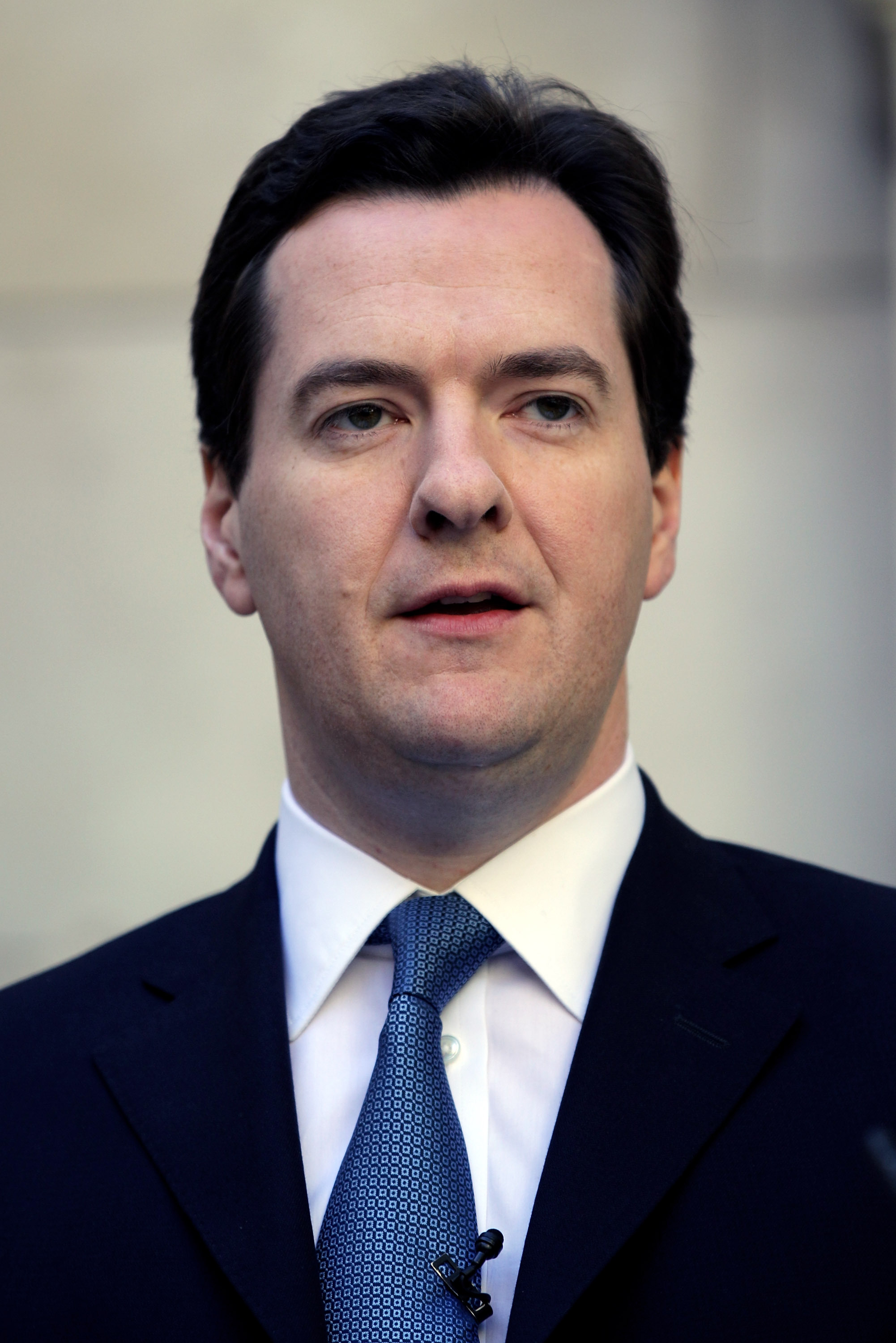 Today’s papers are awash with stories that a public sector pensions levy will be
announced in tomorrow Emergency Budget. Trade unions have already issued dire warnings, ranging from the PCS’s promise to “organise the widest possible popular opposition,” to Bob Crow of
the RMT’s rather prosaic: “when someone’s winding up to give you a kicking you have a clear choice — you can either take them on right from the off or you can roll over and
hope that they go away.” Public sector workers, however, should not be so dismissive.
Today’s papers are awash with stories that a public sector pensions levy will be
announced in tomorrow Emergency Budget. Trade unions have already issued dire warnings, ranging from the PCS’s promise to “organise the widest possible popular opposition,” to Bob Crow of
the RMT’s rather prosaic: “when someone’s winding up to give you a kicking you have a clear choice — you can either take them on right from the off or you can roll over and
hope that they go away.” Public sector workers, however, should not be so dismissive.
In our report, released on Friday, we argue for an “Irish style” graduated public pensions levy of 7.5
percent. We estimate this will ‘save’ 322,000 jobs. Why? Because there is a direct trade off between staff numbers and remuneration. If we wish to cut the
paybill by, say, 10 percent, this can be done by cutting the cost per worker by 10 percent (while leaving workforce levels the same), or cutting the number of jobs by 10 perfect (while leaving cost
per worker the same), or a combination of the two. If pay continues to rise, however, job losses would have to be even greater than 10 percent.
In other words, the more we cut pay, the fewer jobs we have to cut to achieve the same level of spending reduction. The problem is that trade unions have a track record of pressuring
governments into job losses over pay cuts. This is what happened when Ken Clarke imposed a public sector paybill cash freeze in 1993: a 3.5 percent paybill cut combined with rising salaries
resulted in a 377,000 reduction of the public workforce by 1999.
Instinctively, we might think that the more that pay reduction can take of the burden the better: effectively getting us “the same service for less money”. Obviously, in the
longer term reducing salaries might lead to a reduction in the quality of people attracted, or even shortages. But with hourly wages 30 percent higher in the public sector than the private sector,
and typical incomes having grown at nearly double the rate of the private sector since 2002, this seems like a less serious problem.
Apart from the potential impact on public services, it also makes little economic sense to prefer job cuts over pay cuts while private sector unemployment is rising. But why target
pensions? Because public sector workers currently contribute much less to their pensions than is necessary to pay for them. For example, NHS employees and teachers contribute, on
average, 6 percent of pay and employers an additional 14 percent. But, over 40 years, a typical public sector worker needs to have paid 48 percent of his salary into his scheme in every year
of his career in order to pay for the pension payouts at the end of it. The Treasury currently covers this annual 28 percent gap. A levy would reduce this figure and acknowledge (if not deal
with), the rapid accumulation of unfunded liabilities. It would also recognise the very generous terms of public sector pensions, which add a premium of 15.6 percent onto an equivalent
private sector wage.
Much as public workers might dislike a pensions levy, they might consider it a preferable choice to the mass redundancies which would be the alternative. Those who rely on public services
might well feel the same way.
Ed Holmes is a research fellow in Policy Exchange’s Economics Unit.
Ed Holmes
Why a public sector pensions levy makes sense







Comments